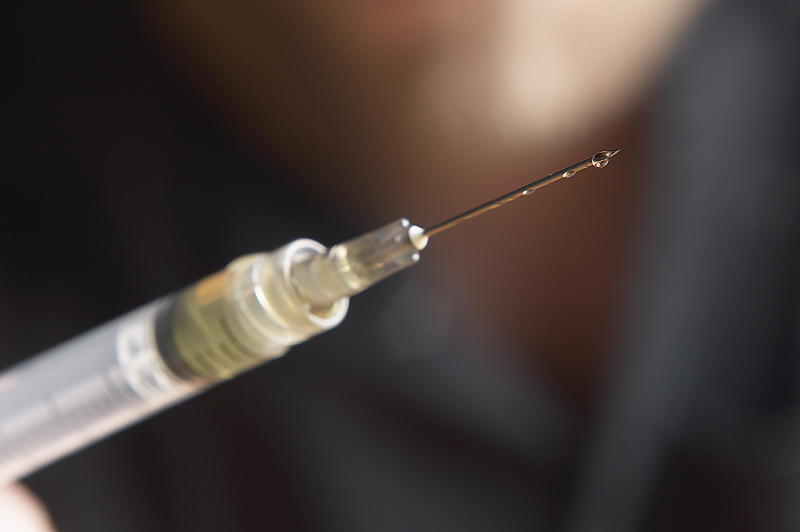
WEDNESDAY, Feb. 16 (HealthDay News) — The American College of Physicians has released new guidelines recommending that doctors not attempt intensive insulin therapy designed to achieve normal blood sugar levels in patients in medical or surgical intensive care units.
These guidelines are for both people with diabetes and without the condition. The college recommends that doctors should maintain blood sugar levels between 140 and 200 milligrams per deciliter (mg/dL) for anyone in medical or surgical intensive care.
These recommendations are similar to the guidelines from the American Diabetes Association (ADA) and the American Association of Clinical Endocrinologists (AACE). However, those guidelines recommend that blood sugar levels should be kept below 180 mg/dL to reduce the risk of infection and other complications.
For reference, in a healthy person with type 2 diabetes, normal blood sugar levels would be between 70 mg/dL and 130 mg/dL before eating. And, even after eating (postprandial), the recommendation from the ADA is to keep blood sugar levels under 180 mg/dL.
“[High blood sugar] is a common finding in hospitalized patients, and it’s associated with a lot of complications, like delayed healing, increased infection, cardiovascular events, you name it,” said Dr. Amir Qaseem, director of clinical policy in the medical education division of the American College of Physicians.
“The prevailing thought in the past was that tightly controlling the blood sugar levels would reduce inflammation, clotting and other problems. But, there are also harms that are associated with lowering the blood glucose levels too much. [Low blood sugar] can be very dangerous,” he explained.
Recent research, including a study in the Feb. 15 issue of the Annals of Internal Medicinehas found that the use of intensive insulin therapy comes with an increased risk of low blood sugar (hypoglycemia), which can be deadly.
The Feb. 15 study also concluded that using intensive insulin therapy to significantly lower blood sugar levels isn’t associated with greater improvements in health outcomes.
“The evidence isn’t clear on what range of blood sugar is best, but 140 to 200 mg/dL seems to minimize the risk of hypoglycemia [in surgical or medical units],” said Qaseem. “We felt it was better to stick with a range that is a little bit higher.”
Dr. Mary Korytowski, a professor of medicine at the University of Pittsburgh School of Medicine, and a member of the board of directors of the American Diabetes Association, said that intensive insulin management in medical and surgical units isn’t the best way to manage blood sugar any more.
But, Korytowski said, “200 mg/dL is probably too high. The 2009 ADA/AACE guidelines recommend 180 mg/dL, which is consistent with postprandial numbers in diabetes care.”
The problem is that if you set the target too high, those numbers may be even higher
when someone starts giving insulin to bring those numbers down, she explained.
“These guidelines should not be interpreted to mean that glucose control isn’t important for critically ill patients: It is. And it’s important not to let the blood sugar get too high because of the risk of complications, like a higher risk of infection and fluid and electrolyte abnormalities,” she said.
And, she added, that it’s important to remember these guidelines give a range of options. “Managing blood sugar closer to the lower end is probably better,” she concluded.
More information
Read about how illness can affect blood sugar levels in people with diabetes from the American Diabetes Association.

